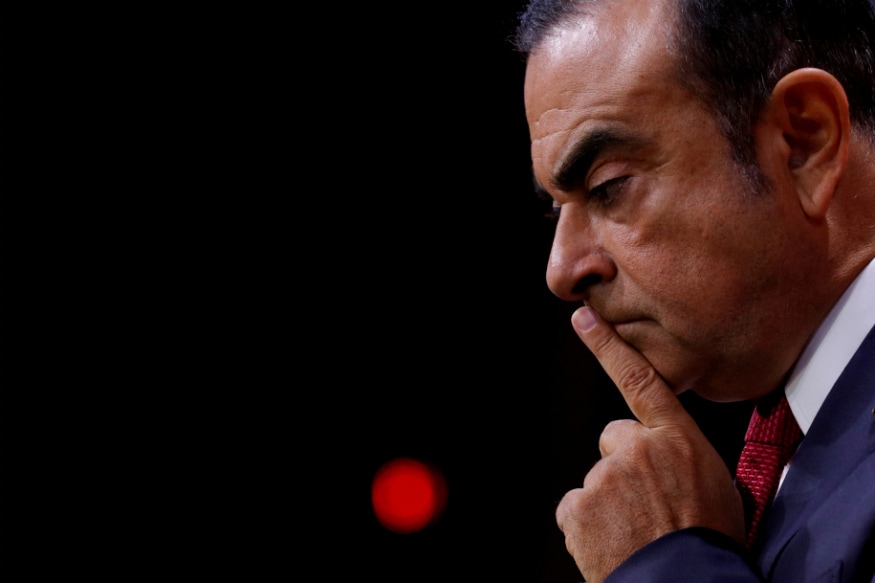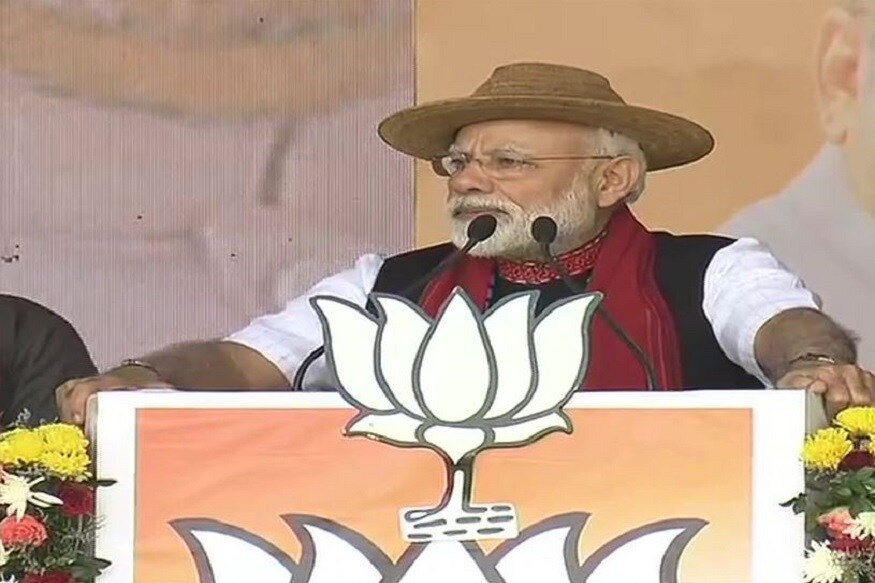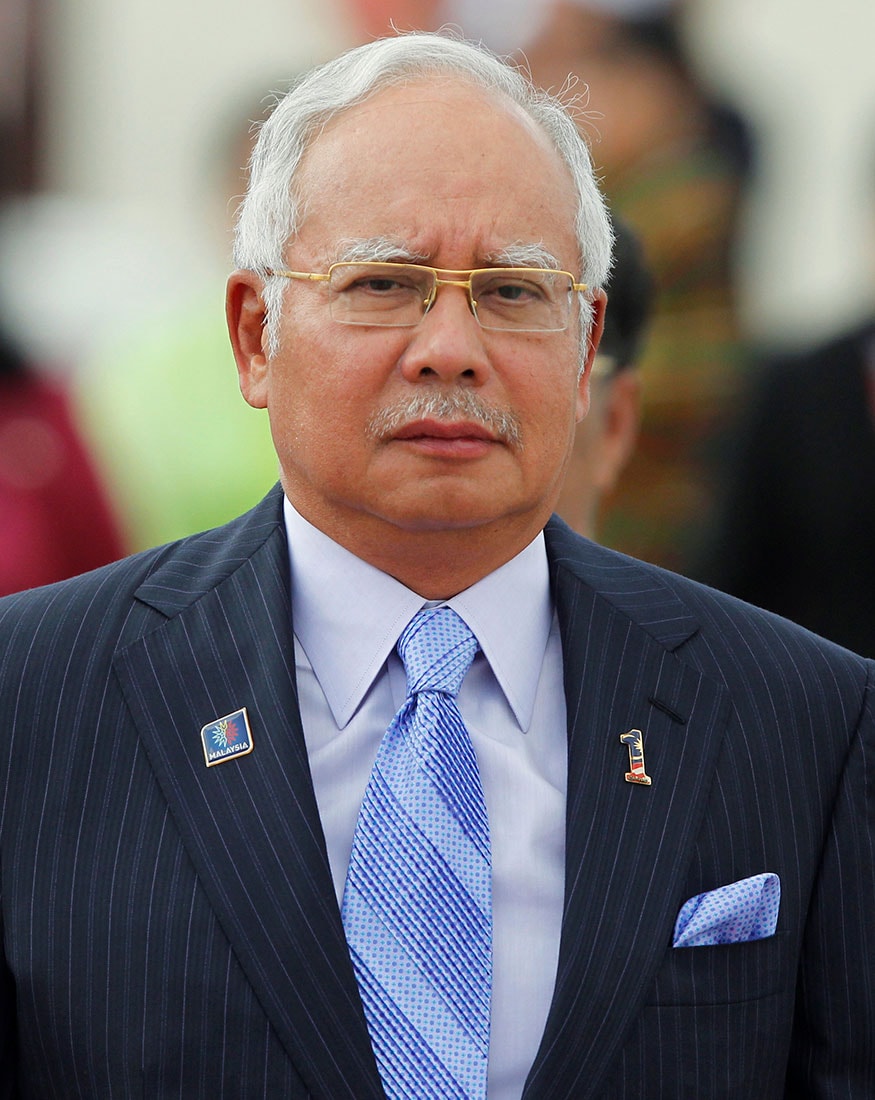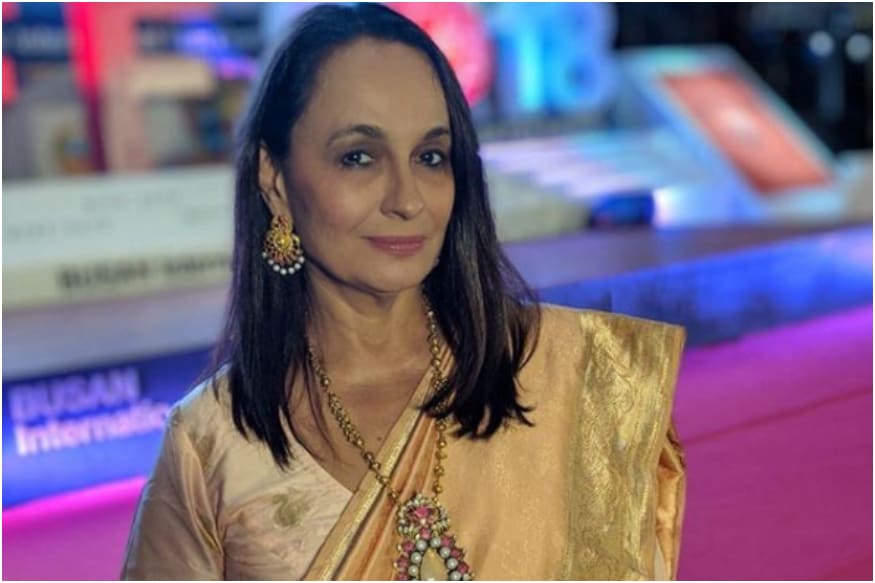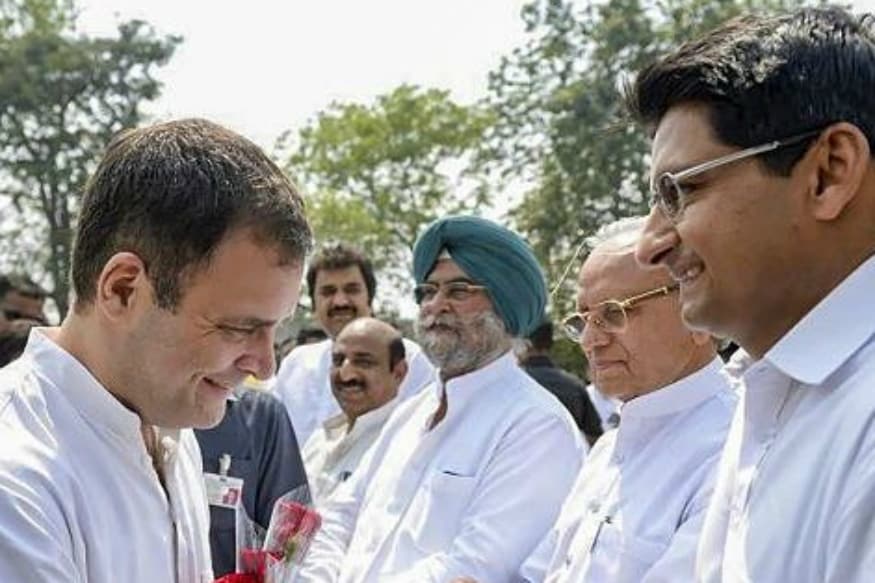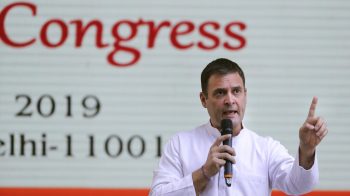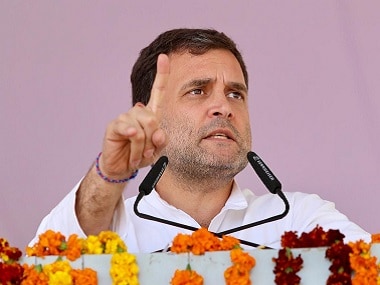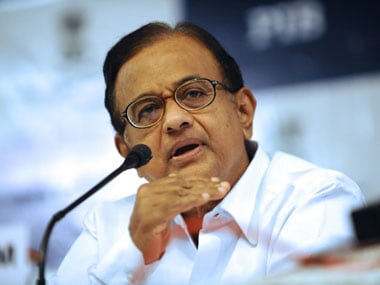There is tons of research on strategies for determining how much to spend each year from a retirement portfolio but no one-size-fits-all.
Dev Ashish
Moneycontrol Contributor
If your retirement corpus value reduced to zero (assuming not parting gifts for children) on the last day of your life, then that’s a perfect spending plan.
But jokes aside, the main agenda for most retirees should be to ensure that their retirement corpus lasts for 2-3 decades. Since the retirees get only one shot at retirement, the stakes are very high. More so because nobody gives loans for retirement (ignoring reverse mortgage for simplicity in this discussion) unlike many other goals.
So how much money do you need to retire?
Let’s take a theoretical example to begin with:
You have just retired at 60 with current annual expenses of Rs 10 lakh. The estimated life expectancy is 80 years and inflation during retirement is expected to average around 7%.
Now you have 20 years to live. So you make 20 fixed deposits of Rs 10 lakh each in the bank, with each earning 7% every year. Each FD is earmarked for one year’s expense in retirement and grows at a rate equal to inflation (7%) and hence provides enough money each year in retirement.
If this is done, then theoretically, you have enough money to retire if you have saved up Rs 2.0 crore (20 FDs of Rs 10 lakh each). Super stuff!
You can spend following amounts in each passing year of retirement without worrying:- Year 1: Rs 10 lakh (from 1st FD)
- Year 2: Rs 10 lakh + 7% interest (from 2nd FD)
- Year 3: Rs 10 lakh + 7% + 7% interest (from 3rd FD)
- Year 4: Rs 10 lakh + 7% + 7% + 7% interest (from 4th FD)
- …
- and so on.
But remember, this is a theoretical example.
There are several risks here that can derail this plan:- What if you live longer than 80? Maybe 90 or 95 or even more?
- What if you don’t get 7% every year for 20 years from FDs? After all, FD rates fluctuate basis the rate cycles and more practically, all money wouldn’t be in FDs but also in some market-linked instruments. So variation in returns (or negative returns) is possible.
- What if inflation in some years is more than 7%?
- What if in some years you need to spend an unexpectedly large amount on unplanned things like major home repair and medical expenses?
- What if there are adverse tax changes that reduce in-hand income from your portfolio?
- And what if all the above-mentioned risks materialize simultaneously!
As you see, the longer you ‘plan’ to live on your just-enough retirement savings, the higher are the risks of something or the other going wrong.
So is there anything that can be done?
With reference to the above example, you may say that its better to not just target Rs 2 crore and instead, save a little more than that to provide an additional buffer for lower returns or unexpected expenses.
But point is, that there is no perfect retirement spending strategy out there.
There is tons of research on strategies for determining how much to spend each year from a retirement portfolio but no one-size-fits-all.
The above example used was a theoretical one. In reality, strategies can vary like this:- Spend a fixed percentage of the corpus each year. For example, spend 5% of the Rs 2 crore portfolio, i.e. Rs 10 lakh. The problem with this approach is that your spending will vary from one year to other as the portfolio will fluctuate each year; or
- Start with a fixed percentage (~5%) in the 1st year and then keep increasing the withdrawal amount to accommodate inflation. In this approach, no regard is given to portfolio returns. As you might have guessed it, this can lead to rapid portfolio depletion if the initial withdrawals turn out to be comparatively higher in years of poor (or negative returns).
The above strategies extremes, a more sensible approach will be:
Within the expenses, identify real basic ones that will have to be tackled every year without fail. The remaining expenses will naturally be discretionary ones. So even though the retiree can go for a strategy that theoretically allows higher withdrawals each year (due to inflation), the retiree makes adjustments and withdraws only for the necessary expenses in years of poor portfolio returns.
This is a more practical approach and includes an acceptable degree of spending volatility in retiree’s life.
Of course this is easier said than done. One of the biggest concerns would be the extent to which the budgeted spending may have to be reduced in bad years and this will vary from one retiree to another.
But nevertheless, this sort of dynamic and portfolio returns-aware spending strategy offers the best of both worlds. As is necessary, it is fairly responsive to market movements and attempts to reduce big fluctuations in the annual amount the retiree can withdraw each year.
This too is not a perfect strategy but it is closer to perfection compared to the other strategies.
Regardless of what you wish to do, it makes sense to attempt lower annual withdrawals in initial years if possible or save a corpus larger than what is actually required to retire.
In any case, a withdrawal strategy that adjusts spending downward in case portfolio performance is bad, is a wiser one than the one that does not.
If you are lucky enough to be still decades away from retirement, then it’s best to start saving early to mitigate these risks - by saving more than what is necessary for a bare-bones retirement.
(Dev Ashish is the founder of StableInvestor.com.)You can now invest in mutual funds with moneycontrol. Download moneycontrol transact app. A dedicated app to explore, research and buy mutual funds.

















